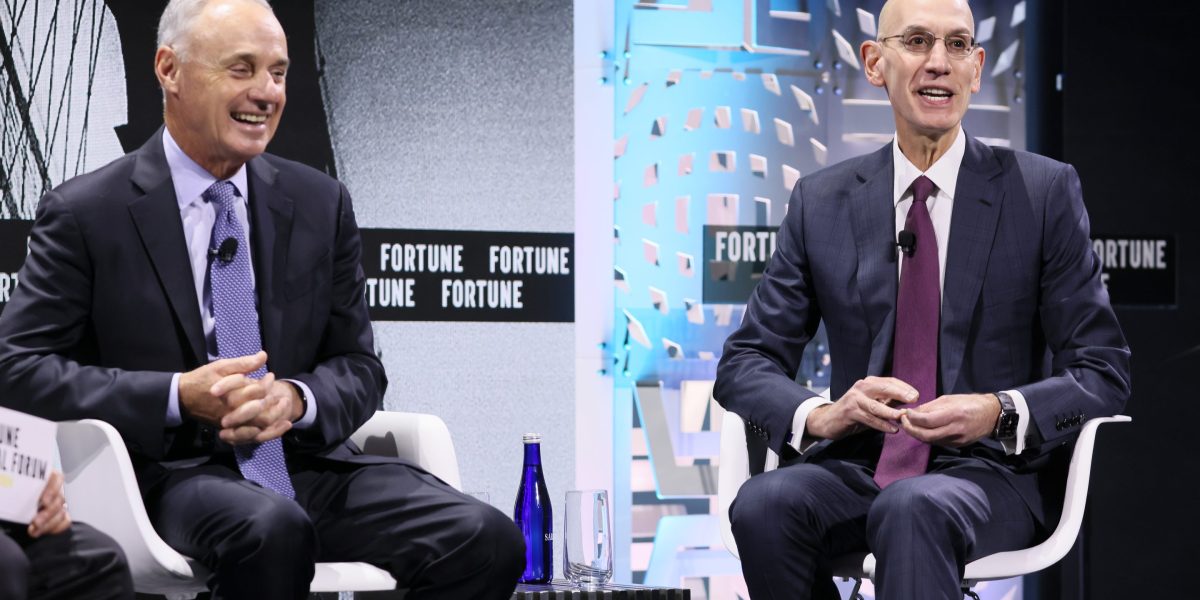The recent boom in women’s pro sports is, in part, attributable to the disintegration of legacy media companies, from traditional television to print newspapers and magazines, according to NBA Commissioner Adam Silver.
“A lot of it has to do with the Internet,” Silver said at Fortune’s Global Forum in a joint interview with MLB commissioner Rob Manfred. “I think that we’ve disintermediated traditional gatekeepers.”
Before the rise of the internet, social media, and streaming platforms, all of which needed endless hours of content, media companies were the ultimate decision makers on what would be dished out to audiences. Too often that came at the expense of women’s sports, Silver said.
Traditional media gatekeepers are no longer “in a position to say ‘this is what’s going to be carried on our airwaves’, or ‘this is what’s going to be in our precious editorial pages,’” Silver said.
Rather, the nonstop quest for content has meant consumers can more easily find women’s sports which they previously weren’t able to do.
“Now it’s more expensive and consumers get to decide,” Silver said.
That’s resulted in a new paradigm in which women’s sports are afforded the coverage they previously lacked. All of this has led to a flourishing business. The WNBA saw a record-breaking season with the rise of star rookies Caitlin Clark and Angel Reese. Even before they went pro, Clark and Reese were drawing unprecedented levels of attention. When the two faced off in the women’s NCAA tournament in April, the game carried a record-breaking 12.3 million viewers. This year’s WNBA Finals between eventual champions the New York Liberty and the Minnesota Lynx also broke viewership records. Game 3 of the series was the most-viewed WNBA Finals game in 25 years.
Audiences “are demonstrating there’s genuine interest in women’s sports and the product,” Silver said.
In July, the WNBA finalized an 11-year media rights deal with major broadcast partners Disney, Amazon Prime, and NBC for $200 million a season, according to the AP. That amount is more than triple the $60 million a year the WNBA receives under its current agreement. The caliber of media partners, some of whom have been involved with the league in the past, was taken as a testament to women’s sports’ role as marquee live programming that broadcasters are eager to secure for themselves. For example Disney, under its ESPN brand, has been carrying the league since its inception in 1997.
Silver, too, mentioned the WNBA’s founding in that year, as evidence that while the mainstream excitement may have broken through recently, women’s sports have been around for decades.
“As much as it seems like an overnight sensation, the WNBA just completed its 28th year,” Silver said.
A newsletter for the boldest, brightest leaders:
CEO Daily is your weekday morning dossier on the news, trends, and chatter business leaders need to know.
Sign up here.
